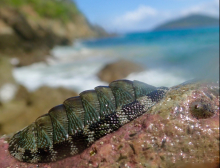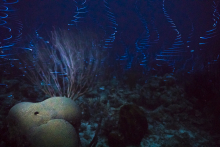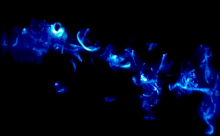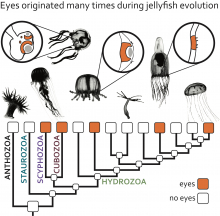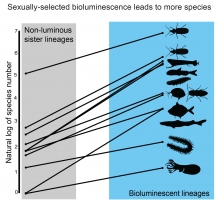A team of scientists — led by Rebecca Varney at UC Santa Barbara’s Department of Ecology, Evolution, and Marine Biology (EEMB) — discovered that chiton mollusks sport the most recently evolved eyes with a lens. What’s more, the two kinds of eyes found in this group arose in four separate events. The researchers lay out what factors led to this peculiar arrangement in a paper published in the journal Science

